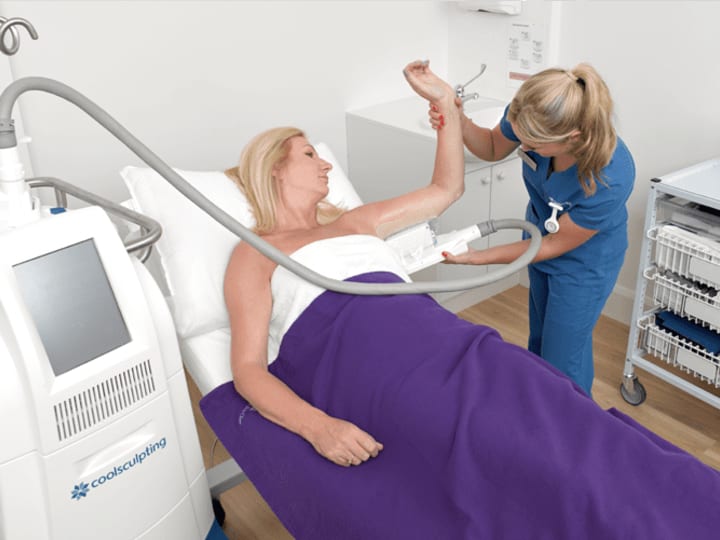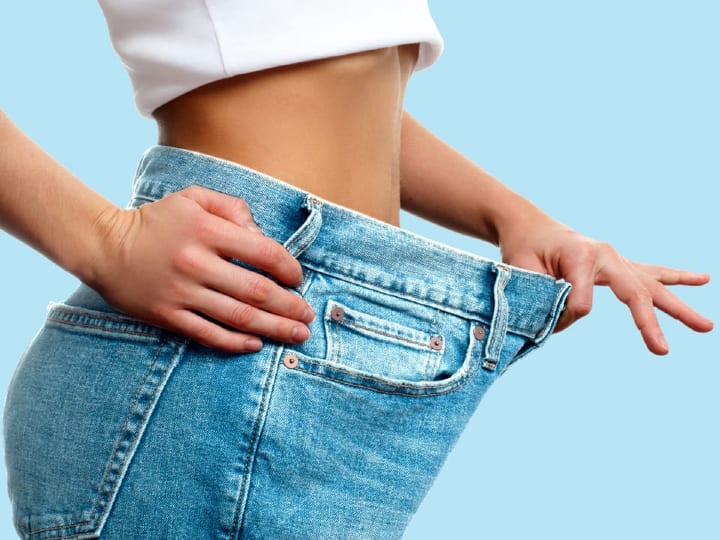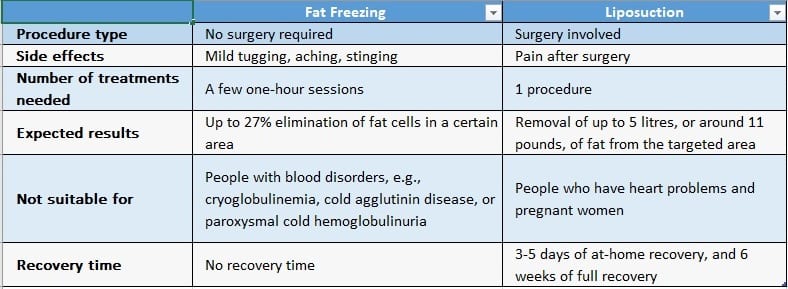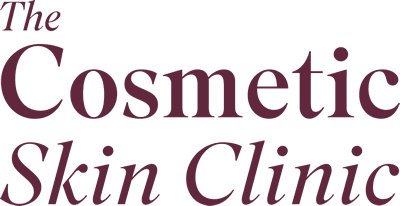Ever since the 1980s, liposuction has been one of the go-to cosmetic treatments for permanent fat removal. Patients the world over have been using the treatment effectively to get rid of stubborn bulges of fat across diverse areas of the body. Whether you have excess fat across your stomach, or pockets of fat across your love handles, thighs or neckline, liposuction can rapidly redefine the look and shape of your body.
But like facelifts, the procedure now has a non-surgical alternative. Fat freezing, also known by its technical medical name cryolipolysis, is the latest innovation in cosmetic fat reduction. Popular with celebrities from Khloe Kardashian to Lisa Snowdon, it has taken the aesthetic world by storm. Google searches for the term have increased by over 1000% since its launch in 2008, according to Google Trends data. In this article, we compare traditional surgical liposuction with this brand-new technique to explore the key similarities and differences. This can help you to decide which treatment is best for your own needs.
Book a complimentary consultation
Fat Freezing vs Liposuction
For many individuals, it is often difficult to achieve body shaping goals using traditional methods like diet and exercise alone. Pockets of fat can still obscure muscle tissues or build up in expected places even if you carry out thorough diet and exercise routines. In response to this, aesthetic procedures offer a rapid and effective way to reduce excess fat without relying on calorie control or physical exercise alone. While these procedures shouldn’t replace nutrition and exercise efforts, they can be game-changing in helping patients to remove stubborn fat easily and quickly.
Liposuction emerged as the first clinically proven way to fast-track fat reduction surgically by removing subcutaneous fat from the body. This wobbly type of fat is the most visible and sits just below the surface of the skin. While liposuction remains popular, non-surgical options like fat freezing can also break down subcutaneous fat and improve body contours. But these clinically proven fat removal techniques differ in their methods, downtime and side effects. First, we explain what they are, before exploring these differences in detail.
What is surgical liposuction?
Liposuction, also referred to as “lipo,” is one of the most commonly performed cosmetic procedures in plastic surgery. According to the American Society of Plastic Surgeons, over 210,000 liposuction treatments were performed in the US alone in 2020. This makes the procedure one of the top 5 most popular operations in the cosmetic surgery field. The procedure slims and shapes different areas of the body by physically removing excess fat deposits using a suction device. During the procedure, a plastic surgeon makes tiny incisions in the area of fat being treated. A long, narrow suction tube called a cannula is then inserted into the fatty tissue before a suction machine removes it permanently from the body. Doctors can remove up to 5 litres of fat in just one liposuction session, and it can be performed under both general or local anaesthetic depending on the amount of fat being removed.

What is non-invasive freezing of fat cells?
Non-invasive fat freezing is a leading non-surgical alternative to liposuction that requires no skin incisions or anaesthetic injections. Technically known as cryogenic lipolysis, the process freezes subcutaneous fat cells for a specific period of time using a specialised cooling device. It originated from advanced research conducted by two Harvard University scientists, who noticed that fat cells freeze before outer skin tissues do when subjected to extremely cool temperatures. This research into the physical effects of frostbite revealed that fat cells can actually be broken down and crystalised when cool temperatures disrupt them. This insight led to the creation of the CoolSculpting fat freezing device in 2008, which has since been used on patients over 17 million times.
How is fat freezing different from non-invasive liposuction?
The main difference between fat freezing and liposuction is that fat freezing doesn’t involve any surgery, injections or downtime. This means that, unlike liposuction, patients can return to their normal activities immediately after having the treatment performed. Apart from this key difference, the procedures are similar in terms of the results they can achieve.
Treatment areas
Fat freezing is an ideal treatment for patients who have localized pockets of fat across the body. Think stubborn areas of fat across the love handles, outer thighs or stomach for example. As liposuction is a more aggressive procedure, it may prove beneficial for patients with larger areas of fat that need to be removed. But if you are a patient within a healthy weight range, or someone with a few areas of excess fat, and if you do not exceed a BMI of 30, then fat freezing is an ideal treatment to take. Treat 13 different areas of the body, including the double chin. Patients can use it for the:
- Arms: reduce under-arm fat and the appearance of bingo wings
- Chin: break down submental fat in the double chin area
- Stomach / belly fat: reduce fat stores across the abdomen and ‘six-pack’ muscles Legs: remove fat across banana rolls
- Love handles / flanks: sculpt and redefine the shape of your love handles
- Thighs: remove fat from the inner thighs and outer thighs
- Bra Fat: reduce the appearance of bra roll fat
- Back Fat: remove back fat across the upper, mid and lower back sections
- Ankles: minimise the appearance of ‘cankle’ fat bulges
- Knee fat: trim fat from your knee area
Get in touch to book a consultation
Downtime
The biggest drawback of liposuction is recovery time. Most patients will have to stay put for up to a week after treatment to allow the incision site to fully heal. Patients also have to avoid exercise or strenuous activities for up to 6 weeks after treatment to prevent any infection and to allow the swelling, bruising and side effects to reduce. Fat freezing on the other hand eliminates fat cells without any downtime needed.
Side effects
CoolSculpting is a non-surgical procedure. As such, it offers patients a quick recovery time, with minimal associated discomfort and a low risk of complication. Most patients will resume activities immediately after the procedure. But it can result in redness and numbness in the treatment area for a few hours after the treatment in some cases. However, these symptoms resolve quickly, making it one of the easiest and safest procedures to destroy subcutaneous fat cells.
Liposuction differs because it is a surgical procedure. Swelling, bruising and redness are common at the incision site. There is also the possibility of infection if a patient doesn’t follow the advice to minimise activity for up to 6 weeks after the treatment. Liposuction is, therefore, riskier to undertake.

Convenience
Fat freezing is a simple outpatient treatment. Each CoolSculpting session takes around an hour to complete, but you may need a few sessions spread out a couple of weeks apart if you have multiple areas of fat to treat. Liposuction can also be completed on an outpatient basis, but the surgery can take 1 to 2 hours. The main difference is that you will only need one session, and up to 5 litres of fat can be removed in one go. This makes liposuction a more preferred option if you are a patient with large areas of fat to treat, or someone who has a BMI of over 30.
Fat Loss Results
The main difference in terms of fat loss results is that with liposuction, the visible effect is immediate. Liposuction’s advanced vacuum technology physically sucks out the fat from the body. This generates instantly contoured and trimmed skin at the site of the incision. Liposuction can also remove up to 5 litres of fat in just one session.
Fat loss results with fat freezing on the other hand take more time to show through, with best results becoming visible from 3 to 6 months post-treatment. This is because it takes time for the body to naturally remove the broken-down fat cells through standard metabolic processes. However, once this process has taken place, patients will experience up to a 27% reduction in fat stores in the area being treated. Use the table below to quickly assess the pros and cons of each fat removal process.

Is liposuction better than fat freezing?
The best fat removal treatment for a patient is entirely dependent on their own body shape and individual aesthetic goals. It is best for fat removal candidates to take a detailed consultation with a trained fat removal specialist in order to understand which treatment is most suitable. Our medically trained clinicians are expertly informed to assess your individual body bulges and curves effectively to determine which treatment will maximise your own fat removal results. We see hundreds of patients each year, and in the vast majority of cases, patients can achieve fantastic fat reduction results without having to rely on invasive surgery and downtime.
Contact us today for a personal consultation and we can advise you on whether fat freezing is best for your own needs and beauty goals.
Fat Freezing at The Cosmetic Skin Clinic
We are UK leaders in fat freezing treatments, having performed over 50,000 procedures to date. We have also been named as the number 1 CoolSculpting clinic in the UK and Western Europe for six consecutive years, so you can expect exceptional fat loss results when opting for a treatment with us.
Contact our London or Buckinghamshire clinics for further information on liposuction versus fat freezing treatments. Or complete our online enquiry form and we will be happy to get in touch.




















